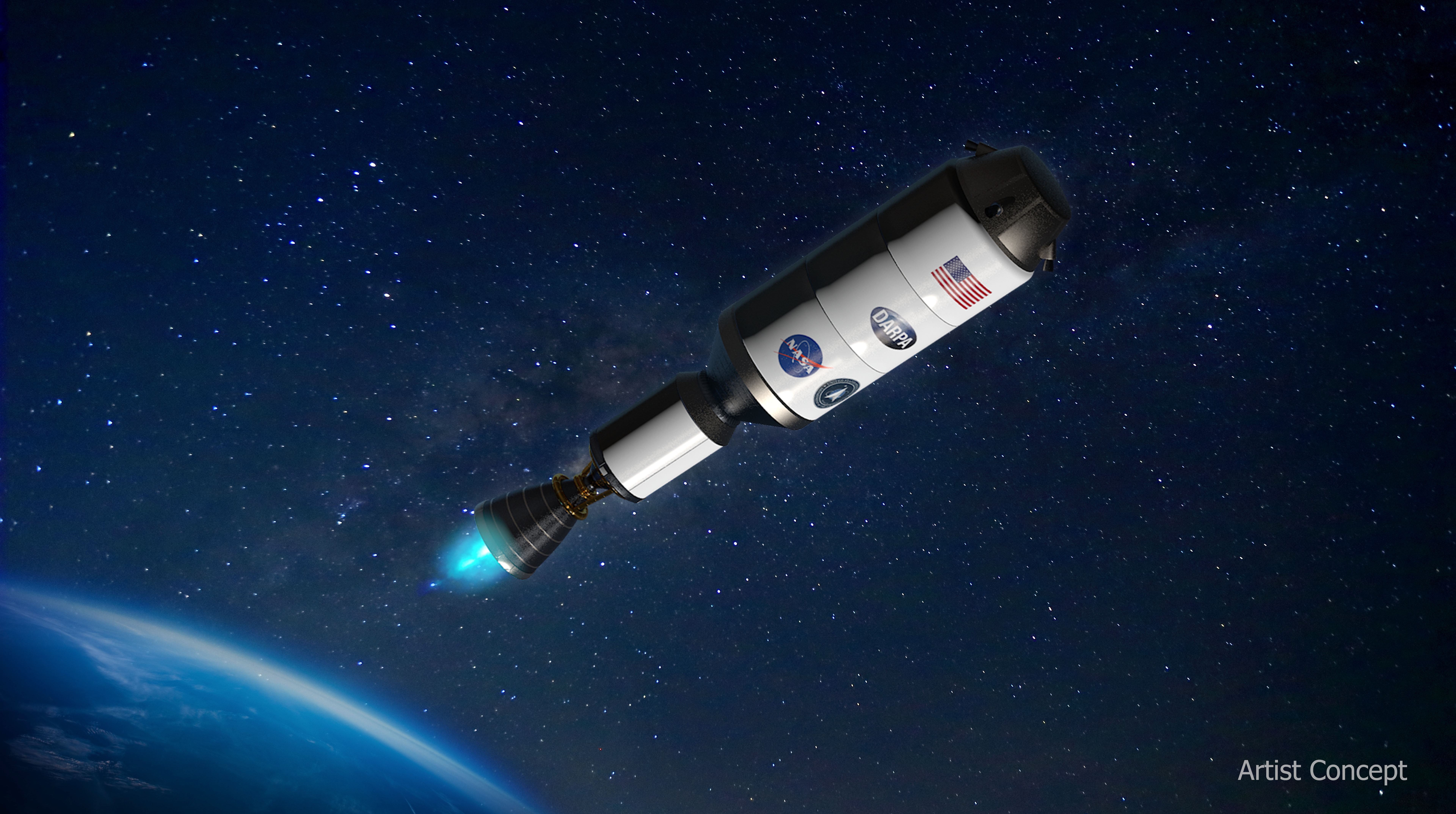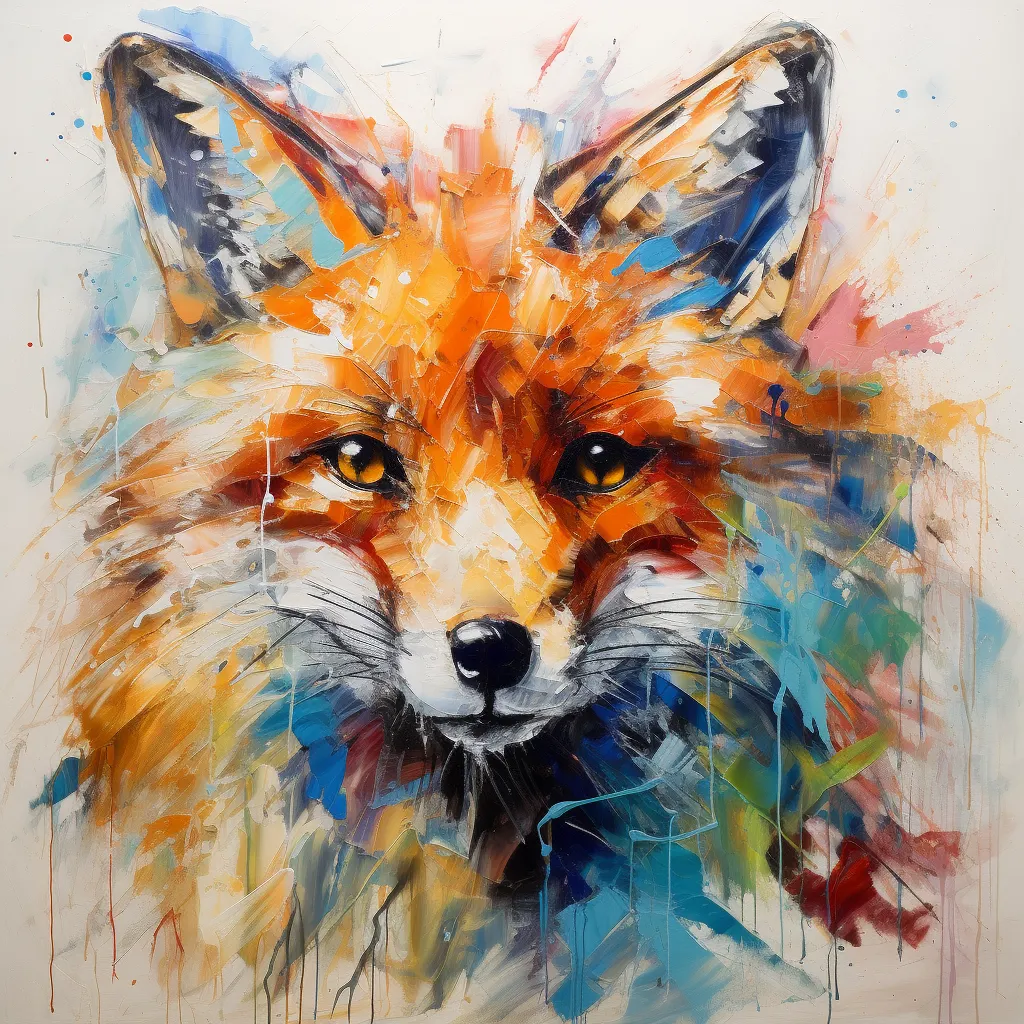📢 Quick Takes (TL;DR)
- Pure vision models finally learn to "think" - DINO-R1 proves language isn't required for reasoning, while FlySearch shows your cutting-edge VLM still can't navigate a park.
- Multimodal AI gets personal - NVIDIA's surgical vision and domain-tuned models signal the end of one-size-fits-all AI as specialized models dominate their niches.
🧠 Research Highlights
DINO-R1: Teaching Vision Models to Think Without Words
DINO-R1 introduces reinforcement learning to pure vision models, achieving visual reasoning without language integration. The framework uses Group Relative Query Optimization for stable training and outperforms traditional approaches on COCO, LVIS, and ODinW.
 SFT vs. GRQO. SFT leads to limited and homogeneous supervision signals, while GRQO produces richer and more diverse learning signals, encouraging more expressive queries.
SFT vs. GRQO. SFT leads to limited and homogeneous supervision signals, while GRQO produces richer and more diverse learning signals, encouraging more expressive queries.Why It Matters: Opens the door to faster, more efficient visual AI for robotics and real-time applications where language processing adds unnecessary overhead.
FlySearch: The Reality Check VLMs Didn't Want
FlySearch tests VLMs in 3D photorealistic environments, revealing that state-of-the-art models fail at simple exploration tasks. Key failures include visual hallucinations, poor spatial reasoning, and basic task planning errors.
 FlySearch is a benchmark that evaluates exploration skills using vision-language reasoning.
FlySearch is a benchmark that evaluates exploration skills using vision-language reasoning.Why It Matters: Exposes the gap between benchmark scores and real-world capability, helping set realistic expectations for VLM deployment.
RAS: Refer to Anything with Vision-Language Prompts
Introduces omnimodal referring expression segmentation (ORES) allowing segmentation using any combination of text and visual references. Outperforms existing methods on classic and generalized segmentation tasks.
 Omnimodal referring expression segmentation (ORES) according to arbitrary vision-language prompts.
Omnimodal referring expression segmentation (ORES) according to arbitrary vision-language prompts.Why It Matters:
Makes visual search intuitive - point at a shirt in one photo to find similar items across your entire library.
SwitchVLA: Robots That Actually Listen Mid-Task
Enables smooth task switching in Vision-Language-Action models without external planners. Achieves higher success rates by treating task switching as behavior modulation.
 Overview of SwitchVLA. The framework consists of the Vision-Language-Contact Embedding module and the Conditional Execution Expert, which jointly fuse multimodal inputs to generate execution-aware and conditionally controlled actions.
Overview of SwitchVLA. The framework consists of the Vision-Language-Contact Embedding module and the Conditional Execution Expert, which jointly fuse multimodal inputs to generate execution-aware and conditionally controlled actions.Why It Matters: Essential for collaborative robots that can adapt on the fly in homes and workplaces.
Long-Term Memory for Video Worlds
Solves video generation's amnesia problem with geometry-grounded spatial memory, maintaining consistency when revisiting previously generated locations.
Why It Matters: Enables believable virtual worlds for gaming, training simulations, and consistent long-form video generation.
mRAG: The Multimodal RAG Playbook
Systematic exploration reveals optimal strategies for retrieval, re-ranking, and generation. Achieves 5% accuracy improvements without fine-tuning.
Why It Matters: Provides the blueprint for production-ready multimodal RAG in healthcare, autonomous driving, and other high-stakes applications.
Light-ColPali: 88% Less Memory, 98% Performance
Achieves near-perfect retrieval using only 11.8% of original memory through token merging. Simple random pruning outperforms complex strategies.
Why It Matters: Democratizes visual document retrieval - enterprise-grade search without enterprise infrastructure.
LaCT: Making Test-Time Training Actually Work
Delivers 10x GPU utilization improvement with scalable nonlinear memory. Pure PyTorch implementation handles memory up to 40% of model parameters.
Why It Matters: Finally makes real-time video processing and long-context understanding feasible on standard hardware.
UniWorld: 1% Data, 100% Performance
Achieves superior image understanding and generation using only 1% of competitors' training data by leveraging SigLIP semantic features instead of VAEs.
Why It Matters: Proves smaller organizations can compete with tech giants through smarter architectures rather than data hoarding.
Dual-Process Image Generation
Integrates VLM feedback directly into image generation, enabling real-time adjustments based on multimodal inputs.
Why It Matters: Bridges the understanding-generation gap for design work where precision matters.
ElevenLabs v3 TTS Public Alpha
Major leap in AI voice quality and naturalness, pushing closer to human parity.
Why It Matters: The missing piece for truly multimodal AI assistants across customer service and content creation.
NVIDIA's Surgical Vision Model
Llama-3.2-11B-Vision-Surgical demonstrates the power of domain-specific optimization for critical medical applications.
Why It Matters: Shows how targeted training creates AI assistants surgeons can actually trust in the OR.
Qwen3-Embedding: Multilingual at Scale
Sets new standards supporting 119 languages with SOTA performance across benchmarks. Available in 0.6B, 4B, and 8B variants.
Why It Matters: Foundation for global retrieval systems that work equally well in any language.
Announcement | Hugging Face | GitHub | Blog
📈 Trends & Predictions
Visual Reasoning Without Language: The Decoupling Begins
DINO-R1's success in bringing reinforcement learning to pure vision models marks a pivotal moment. We're witnessing the decoupling of visual understanding from language dependence - vision models are learning to "think" in purely visual terms, developing their own reasoning patterns optimized for spatial and visual tasks.
This shift will reshape multimodal retrieval fundamentally. Instead of translating visual queries through language bottlenecks, future systems will process visual logic directly. Expect breakthrough applications in robotics (where milliseconds matter), medical imaging (where visual patterns exceed linguistic description), and creative tools (where visual intuition trumps verbal explanation). The key insight: not everything needs to be verbalized to be understood.
Verticalization: The Growth of the Specialized Models
NVIDIA's surgical vision model and similar domain-specific releases this week confirm what practitioners have suspected: specialized models dramatically outperform generalists in their domains. The future isn't one model to rule them all - it's thousands of expert models, each mastering its niche.
This verticalization trend will accelerate rapidly. By year-end, expect specialized multimodal models for legal document analysis, architectural design, fashion retail, agricultural monitoring, and dozens more verticals. The winning strategy isn't building bigger models - it's building the right model for each specific use case. Companies that understand this shift and invest in domain-specific multimodal capabilities will dominate their markets.
ColQwen2 Joins Transformers
Say goodbye to brittle OCR pipelines, now you can retrieve documents directly in the visual space with just a few lines of code. Perfect for your visual RAG workflows.
Google Open Sources Deep Research Quickstart
Gemini Fullstack LangGraph Deep Research Quickstart provides production-ready scaffolding for research-oriented multimodal applications.
The multimodal landscape is fracturing - and that's a good thing. This week proves that specialized, efficient models outperform bloated generalists, that vision can reason without language, and that 99% reductions are possible with smart design. The future belongs to those who build precise tools for specific problems, not Swiss Army knives that do everything poorly.
Ready to build specialized multimodal solutions that actually work? Let's talk
Join the Discussion
Have thoughts, questions, or insights about this post? Be the first to start the conversation in our community!
.png)




